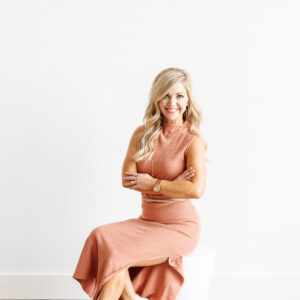Best Kids Shoes: 9 Tips For Healthy Feet as a Pediatric PT
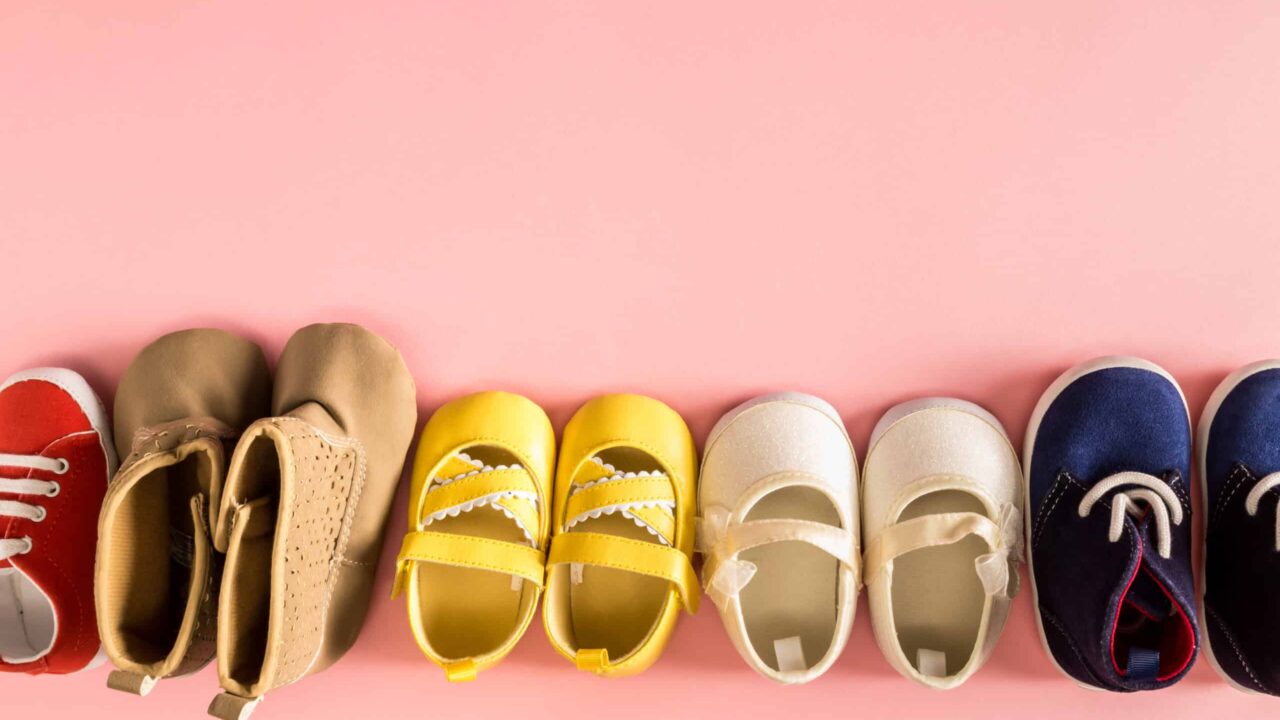
Today, my handy guide will answer all your kids’ shoe-buying questions and give you some resources for the best kids shoes!
My top 9 tips for healthy feet in kids:
- Ditch the Tight Shoes: Okay, those cute little shoes with the tiny toe box? Yeah, they’re adorable but also a recipe for disaster. Your kid’s feet are still growing like crazy, and squeezing them into a shoe that’s too small is like putting your foot in a vice. It’s gonna cause all sorts of problems, from ingrown toenails to bunions. Let those little piggies wiggle!
- Flexibility is Key: You want a shoe as flexible as your kid’s imagination. Their feet are still developing, and they need to be able to move freely. Stiff shoes are like putting your kid in a straight jacket for their feet. It’s not gonna end well. So, bend that shoe like you mean it. If it doesn’t flex, it’s a no-go.
- Support That Arch: Your kid’s arch still forms and needs a little support. Now, I’m not saying you need to go all out with orthotics, but a shoe with a slight arch support can help guide their little feet in the right direction. Trust me, their future selves will thank you.
- Measure Those Feet, Girl: Feet grow faster than weeds in the summertime. It’s crazy! So, measure those little peep-toes every six weeks or so. You’d be surprised how much they can grow in that time. And don’t just rely on the shoe size; measure their feet.
- Let ‘Em Go Barefoot: Okay, I know what you’re thinking. “Barefoot? Are you crazy?” But hear me out. Letting your kid run around barefoot strengthens their feet and helps them develop the right muscles. It’s like free physical therapy! Just make sure you’re in a safe environment.
- Consider the Activity: Is your kid a soccer star or a ballet dancer? Their shoes should match their activity. A running shoe will not cut it for gymnastics, and a ballet slipper will not hold up on the playground. Choose a shoe designed for what your kid is doing.
- Check for Wear and Tear: Kids are tough on shoes. It’s a fact of life. So, check them regularly for wear and tear. Worn-out shoes can cause all sorts of problems, from blisters to falls. If the sole is worn down or the shoe falls apart, it’s time for a new pair.
- Don’t Buy Too Many Sizes Ahead: I know buying shoes a size or two bigger so they last longer is tempting, but don’t do it. Shoes that are too big can cause just as many problems as shoes that are too small. They can lead to blisters, tripping, and even ankle sprains.
- Listen to Your Kid: Your child is the best judge of whether their shoes are comfortable. If they’re complaining about pain or discomfort, believe them. Don’t just dismiss it as whining. It could be a sign of a bigger problem.
Remember, happy feet equal happy kids. So, take the time to find the right shoes for your little one. Their future selves will thank you.
What to look for in the best kids shoes:
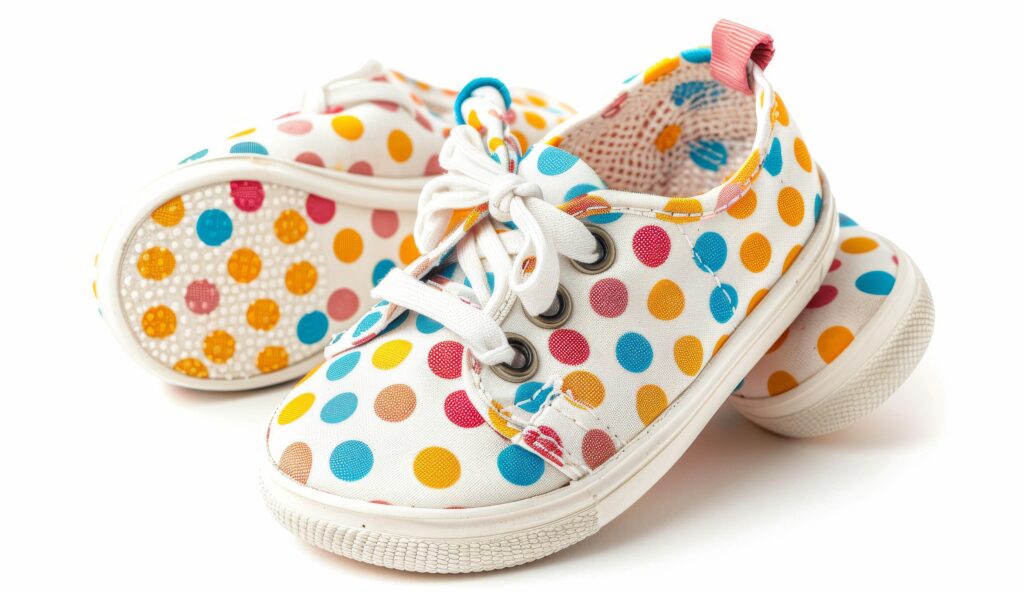
When Do Babies Start Wearing Shoes?
Generally speaking, infants start to wear shoes once they are cruising consistently and try to stand about 80% of the day.
What should I look for in a pair of shoes for my child?
- A Soft, Flexible Sole: Let me preface this by saying, please SKIP THE CROCS. Now, for starters, find a baby shoe with soft soles. The best kids shoes increase their input through their feet. You’ll want to pick a shoe with a straight last or sole. Check the bottom of the shoe. You should be able to draw a line from the heel to the toe without a curvature.
- Wide Toe Box: A wide toe box allows for toe scrunching, which children will do as they learn to balance and bear weight through their legs.
- Breathable Materials & Adequate Traction: Toddlers are clumsy, so material and traction in the best kids shoes play a huge role in your child’s comfort and safety.
- Ankle Straps (Bonus if they’re velcro!): Ankle strap shoes aren’t always the most stylish but are GREAT for your little ones. The straps reduce slipping/movement within the shoe and add stability. For this reason, avoid slip-on if you can. When your child already looks like they’re wading through a pool every time they stand, the extra stability matters.
Overall, look for breathable shoes that offer good support in the above-mentioned ways and aren’t too expensive. You must remember that with how fast your kiddo grows, they will likely only have 8 to 12 weeks with a pair. It’s especially important to follow this list if your kiddo has flat, pronated feet. The best kids shoes with a rigid arch and heel cup support will make a significant difference.
Curious about what we recommend for products? Check out our favorites here.
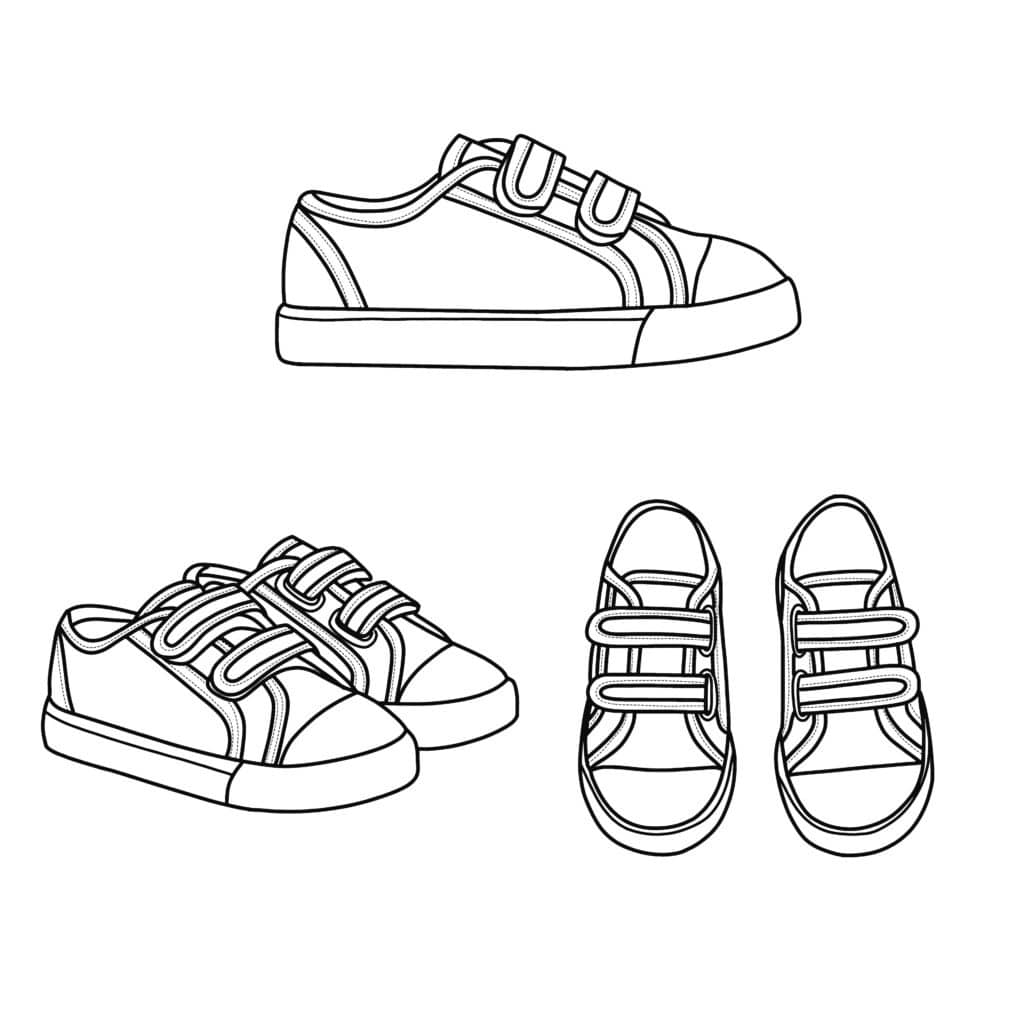
How to measure your child’s foot
- Get them weight-bearing on a piece of paper.
- Draw a line at the big toe and the heal
- Measure the distance between the two points (In cm)
- (Pro Tip) There should be about a thumb’s width of room between your child’s big toe and the end of the shoe!
Check out our Instagram post below for more info!
What are some of the best kids shoe brands?
- StrideRite
- New Balance 997 Shoe Series
- Adidas TR21 Series
- Sketchers Kids
- Chuck Taylor (Converse)
- Geox Kilwi
Some of The Most Common Questions I Get About Footwear
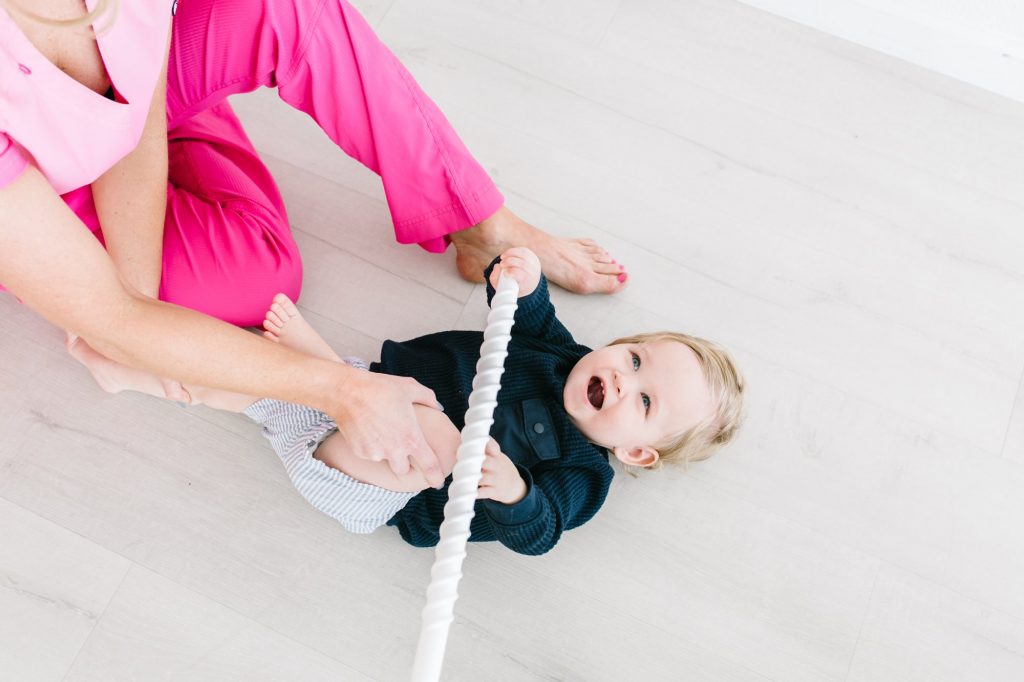
When should I let my child go barefoot?
Benefits of Going Barefoot
- Encourages natural foot development and strength.
- Improves balance and coordination.
When to Allow Barefoot Time
- Indoors at home or in safe outdoor environments.
- Ensure the surface is clean and free of hazards.
Transitioning to Shoes
- Gradually introduce shoes to toddlers to allow their feet to adjust.
- Balance between barefoot time and wearing shoes to ensure proper foot health.
Cultural Practices
- Many cultures encourage barefoot activities, highlighting its benefits.
- Consider incorporating these practices into daily routines.
Should I Avoid Hand-Me-Downs?
Why Hand-Me-Downs Can Be Problematic
- Each child’s foot shape and wear pattern is unique.
- Used shoes may have lost their structural integrity.
When It’s Okay
- If the shoes are lightly worn and still in good condition.
What Are The Most Common Foot Problems in Children?
Flat Feet
Causes and Concerns
- Common in infants and toddlers.
- Typically resolves by age six.
Management Tips
- Ensure proper arch support in older children.
- Monitor for pain or discomfort.
Overpronation
Understanding Overpronation
- Excessive inward rolling of the foot.
- Can lead to knee and hip issues.
Shoe Selection
- Choose shoes with good medial support.
- Consider orthotic inserts if recommended by a PT.
Final thoughts on the best kids shoes for healthy feet
Regular Foot Exercises, should I be doing them with my child?
Strengthening Exercises
- Toe curls and stretches.
- Balance activities like standing on one foot.
Routine Check-Ups
- Schedule regular visits with a pediatric PT like us at KinActive Kids.
- Early intervention can prevent long-term issues.
Proper Hygiene
Importance of Foot Hygiene
- Regular washing and drying of feet.
- Keeping toenails trimmed to prevent ingrown nails.
Shoe Hygiene
- Regular cleaning and airing out of shoes.
- Replace insoles periodically for added comfort and hygiene.
Choosing the right shoes for your child is an investment in their future health and mobility. You can ensure their feet develop correctly and comfortably by considering factors like flexibility, proper sizing, arch support, and breathable materials. Regularly monitor their shoes for wear and tear and prioritize barefoot time to strengthen their feet naturally.
By following these comprehensive tips, you can make informed decisions about your children’s footwear, promoting healthy foot development and preventing potential issues. Remember, each child is unique, and their needs may vary, so regular consultations with our team at KinActive Kids for personalized guidance tailored to your child’s specific requirements.
